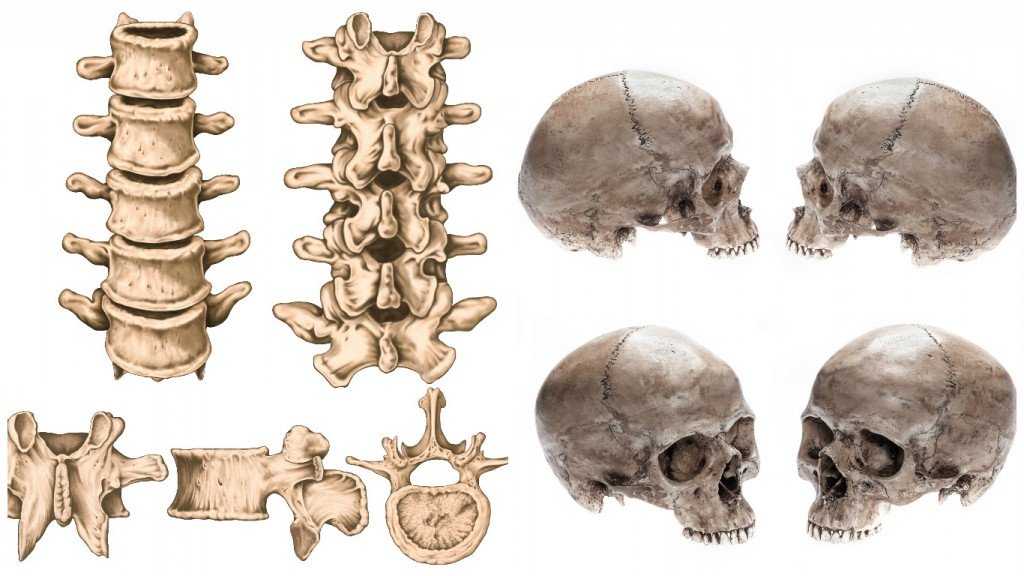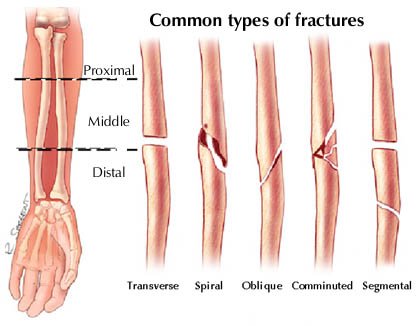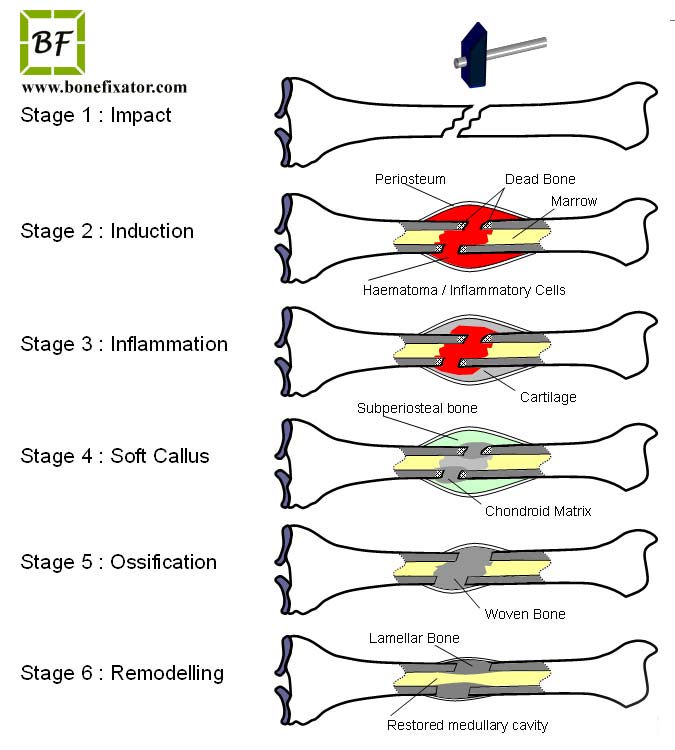Table of Contents (click to expand)
The body begins to repair a fractured bone almost immediately after the break. A blood clot is formed which helps to stabilize the bone and begin the mending process. The body then begins to deposit calcium onto the blood clot, turning it into a soft callus. Gradually, osteoblasts and osteoclasts are introduced which begin to remodel the bone and return it to its original shape.
Let’s talk about something that we should all be thankful for – our skeleton. Why should we be so thankful for our skeleton? Because it acts as our body’s hanger. It is essentially a hanger for our skin! Still don’t get it? Well, imagine a life without a skeleton. Imagine yourself as a wobbly, gelatinous blob of skin, with no support or structure. You would be no better than the green worm you (accidentally) squished the other day. Do I have your attention now? Good!

The skeleton acts as the fundamental framework for our body. It is composed of bones and other connective tissues, such as cartilage, tendons and ligaments. Together, these make up the skeletal system. The organs and muscles are all developed around the skeleton.
We have all noticed how quickly babies grow. Babies have around 270 bones, while adults only have 206. Of those 270 bones, some fuse with one another over a period of time, thus reducing the total number of bones to 206. Bones that exhibit this fusion include the vertebrae and some of the skull bones.

Long bones, such as the femur (thigh bone), grow in length at both ends. When these long bones stop growing, you stop getting taller.

Apart from making you taller, bones are crucial for many other things in life. They are essential to provide protection to internal organs, and of course, basic locomotion. To achieve this, they work in conjunction with connective tissues and osteocytes (bone cells).
The question is, what happens when you break one of them? Aside from the extremely high levels of pain, a crack is formed in the bone structure. At that point, you will normally visit a doctor and get an X-Ray. The doctor snaps the bone back into place and puts a plaster over it. This is highly uncomfortable, but you’re told to deal with it for at least a month or two.
Also Read: Why Do Babies Have More Bones Than Adults?

What Happens To The Bone Then?
For a bone to “grow”, it has to increase in both density and length, so your body starts working to repair itself almost immediately after the break. First, a blood clot (fracture hematoma) is formed right next to the bone that helps it stabilize and begin the mending process.
To understand how bones grow, we must first understand a bit more about cartilage. Cartilage is basically a tissue that is not as hard as bone. In fact, it is quite flexible, and thus, more functional.
For bones to grow in length, the cartilage present at the epiphyseal plate (end of the bone) starts growing by undergoing cell division. Eventually, the body begins depositing calcium onto the hematoma, turning it into a soft callus (bony tissue formed when the bone is healing). Gradually, osteoblasts and osteoclasts (bone cells) are introduced via blood vessels. They are responsible for the production of a substance that contains collagen fibers and the collection of calcium, which is deposited along this fibrous substance.

Once these components move in, the callus is transformed into a bone callus. At this stage, most of the bone has been healed. A hard shell is formed around the bone, which provides stability and protection while it’s being remodeled and returned to its original shape, which is the final stage of healing.
A tremendous amount of research is being carried out to develop alternatives for titanium plates that are used as bone implants. The fact is, these replacement surgeries can be very painful, expensive, and time-consuming. Bones grown in the lab could soon be a reality! This promising venture plans to use stem cells from the fatty tissues present around the broken bone and grow it in vitro around a scaffold. Then, voila! We have a lab-grown bone! Human trials for lab-grown bones should begin in about three years.
Until then, we suggest eating calcium-rich foods that have been shown to strengthen bones, like leafy vegetables, milk and milk products.
Also Read: Why Is Blood Made In The Bone Marrow?

How well do you understand the article above!

